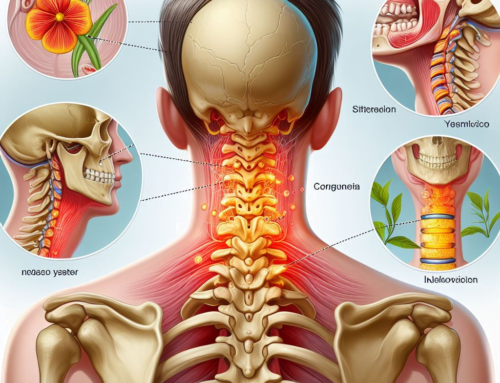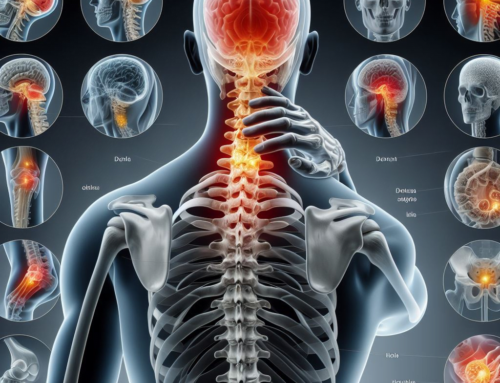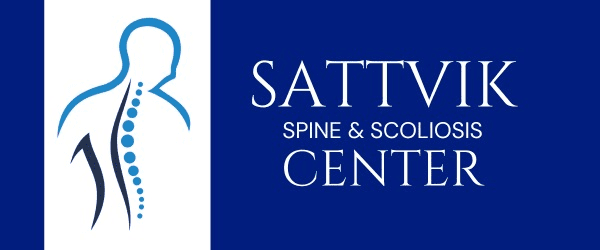Cervical spondylosis, also known as cervical osteoarthritis or neck arthritis, is a common condition associated with the natural aging process. It occurs when the discs and joints in the neck deteriorate over time, leading to various symptoms such as neck pain, stiffness, and in some cases, nerve compression. While surgery can be an effective treatment option for certain cases of cervical spondylosis, it’s not always necessary and should be carefully considered. In this article, we will explore the factors to consider when deciding if cervical spondylosis surgery is needed and alternative treatment options.
Understanding Cervical Spondylosis
What is Cervical Spondylosis?
Cervical spondylosis is a degenerative condition that affects the cervical spine, which is the neck region of the spine. It is primarily caused by age-related changes in the discs and vertebrae of the neck. These changes can include the development of bone spurs, the loss of disc height, and the breakdown of cartilage.
Symptoms of Cervical Spondylosis
Cervical spondylosis can manifest with a range of symptoms, which may include:
- Neck pain and stiffness
- Headaches, often originating in the neck
- Pain or numbness in the shoulders, arms, or hands
- Muscle weakness in the arms
- Difficulty with balance and coordination
- In severe cases, difficulty walking or bladder and bowel dysfunction due to spinal cord compression
When is Cervical Spondylosis Surgery Considered?
Indications for Surgery
Surgery for cervical spondylosis is typically considered when non-surgical treatments have failed to provide relief, and the patient’s symptoms are significantly affecting their quality of life. Some common indications for surgery may include:
- Severe Pain: When neck pain becomes chronic, unrelenting, and significantly impairs daily activities, surgery may be considered to alleviate pain.
- Nerve Compression: If cervical spondylosis leads to nerve compression, resulting in weakness, numbness, or tingling in the arms or hands, surgery may be necessary to relieve pressure on the affected nerves.
- Spinal Cord Compression: In severe cases, cervical spondylosis can compress the spinal cord, leading to neurological deficits. Surgery is often required to prevent further damage and restore function.
- Failure of Conservative Treatment: If conservative treatments such as physical therapy, medications, and lifestyle modifications have not provided sufficient relief over an extended period, surgery may be recommended.
- Progressive Neurological Deficits: If a patient’s neurological symptoms are worsening despite non-surgical treatments, surgical intervention may be necessary to halt further deterioration.
Exploring Non-Surgical Treatment Options
Conservative Approaches
Before considering surgery, healthcare providers often explore non-surgical treatment options, which may include:
- Medications: Over-the-counter pain relievers, muscle relaxants, and prescription medications can help manage pain and inflammation associated with cervical spondylosis.
- Physical Therapy: Physical therapists design exercise programs to improve neck strength, flexibility, and posture, which can alleviate symptoms.
- Cervical Traction: This technique uses a gentle pulling force to relieve pressure on the spine, reducing pain and discomfort.
- Heat and Cold Therapy: Applying heat or cold packs to the affected area can reduce pain and inflammation.
- Lifestyle Modifications: Adjusting daily habits, using ergonomic furniture, and maintaining a healthy weight can help manage symptoms.
Surgery for Cervical Spondylosis: What to Expect
Surgical Options
If surgery is deemed necessary, there are several surgical approaches to address cervical spondylosis, including:
- Discectomy: This involves removing a portion of a herniated disc or bone spurs to relieve pressure on nerves or the spinal cord.
- Spinal Fusion: In cases of instability, spinal fusion may be performed to stabilize the spine by joining two or more vertebrae together.
- Artificial Disc Replacement: A damaged disc can be replaced with an artificial one to maintain motion at the affected level of the spine.
- Laminectomy: In a laminectomy, the lamina (a part of the vertebra) is removed to create more space for the spinal cord and nerves.
Recovery
Recovery from cervical spondylosis surgery can vary depending on the procedure performed and the individual’s overall health. Patients should expect a period of rehabilitation, which may include physical therapy and restrictions on certain activities. It’s essential to follow post-operative instructions closely to optimize recovery.
Conclusion: Weighing Your Options
The decision to undergo cervical spondylosis surgery should be made after careful consideration of the severity of your symptoms, your response to conservative treatments, and the advice of your healthcare provider. While surgery can be effective in relieving pain and restoring function, it is not always necessary, and non-surgical approaches may provide adequate relief for many individuals. Discuss your options thoroughly with your healthcare team to make an informed decision that aligns with your specific needs and goals.











Get Social